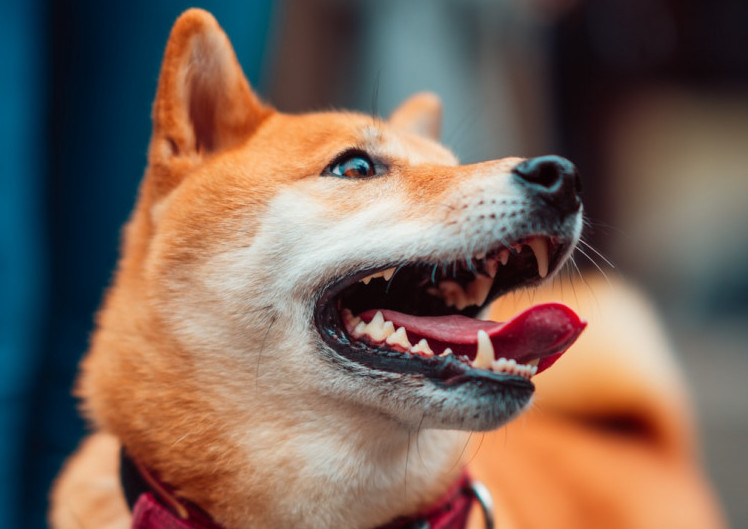I used to feel that the second most common problem in dogs and cats was dental disease, right after obesity. After performing thousands of examinations, I believe that dental disease is tied with obesity as the most frequent health concern in dogs and cats.
Pets have teeth too! And you need to be concerned about dental disease in dogs and cats, or whatever pets you might have (oral health is important even if they don’t have teeth).
Why Do We Care? My Pet Eats Fine.
Why is dental disease a concern? First, it is often very painful. I have clients tell me that their dog or cat doesn’t appear to be in pain, but most animals are stoic and do not show pain. Covering up pain is a survival skill. Just because your pet is eating normally, that does NOT necessarily mean that they aren’t experiencing discomfort. This is a very common misconception. The second concern with dental disease is that it can lead to inflammation and infection both within the mouth as well as other areas of the body, like the heart, kidneys and liver. The oral cavity is one of the gateways to the rest of the body.
What Is Dental Disease?
There are many types of dental disease:
1. Trauma to the teeth and gums is most commonly caused by chewing on hard objects, such as sticks, bones or other inappropriate chew toys. Cats frequently fracture teeth while hunting. When a tooth is fractured or worn down from chewing, the pulp cavity (and root canal) can be exposed, and infection will rapidly result.
2. Chronic dental disease can lead to periodontal disease (gum and root disease). Plaque is a sticky accumulation of bacteria that can initially be removed by brushing, but if not brushed off, will mineralize and become tartar, or calculus. Tartar cannot be brushed off and requires professional scaling. Gingivitis is inflammation of the gums, which is not only painful, but can ultimately lead to the loss of teeth and the surrounding bone.
3. Genetic dental disease is extremely common in dogs as a result of breeding. Brachycephalic breeds, which are breeds of dogs with very short muzzles, often have crowded and rotated teeth. Malocclusion is abnormal alignment of teeth when the mouth is closing; the bite is incorrect. All small breeds of dogs are at increased risk for dental disease.
4. Not all baby teeth fall out when they should. These require extraction because they crowd the mouth and cause a variety of problems. Erosions in the surface of the teeth, called resorptive lesions, are common, and may require extraction.
Untreated dental disease can actually cause the jawbone to become weak enough to break. As a responsible pet guardian, monitoring and caring for your pet’s teeth is an obligation and is not optional. Along with maintaining your pet’s optimal weight, caring for their teeth is the most important thing you can do. A pet’s dental disease can be easy to miss if you’re not paying attention. Checking your pet’s teeth should be part of a daily routine, along with brushing.
What You Should Do.
A. You need to brush your pet’s teeth. This is an “inconvenient truth”, but there is no way around it. There are no magic treats, supplements, or water additives that can replace the action of a toothbrush and toothpaste on the surface of the teeth and gums. I’ll post videos of how to brush teeth below.
B. Your pet needs to have a complete physical exam, including the oral cavity, at least every twelve months. Your veterinarian needs to alert you with any problems they see and create a treatment plan.
C. Dogs and cats will periodically need a professional dental treatment by a veterinarian, and this needs to be under anesthesia. A Comprehensive Oral Health Assessment and Treatment (COHAT) includes a careful dental examination both above and below the gum line, dental x-rays of all the teeth, any necessary extractions, scaling and polishing of the teeth. X-rays are necessary as they often reveal hidden disease.
D. You must carefully choose your pet’s chew toys. I have an article devoted specifically to this – see it HERE. I also welcome any comments you have there.
